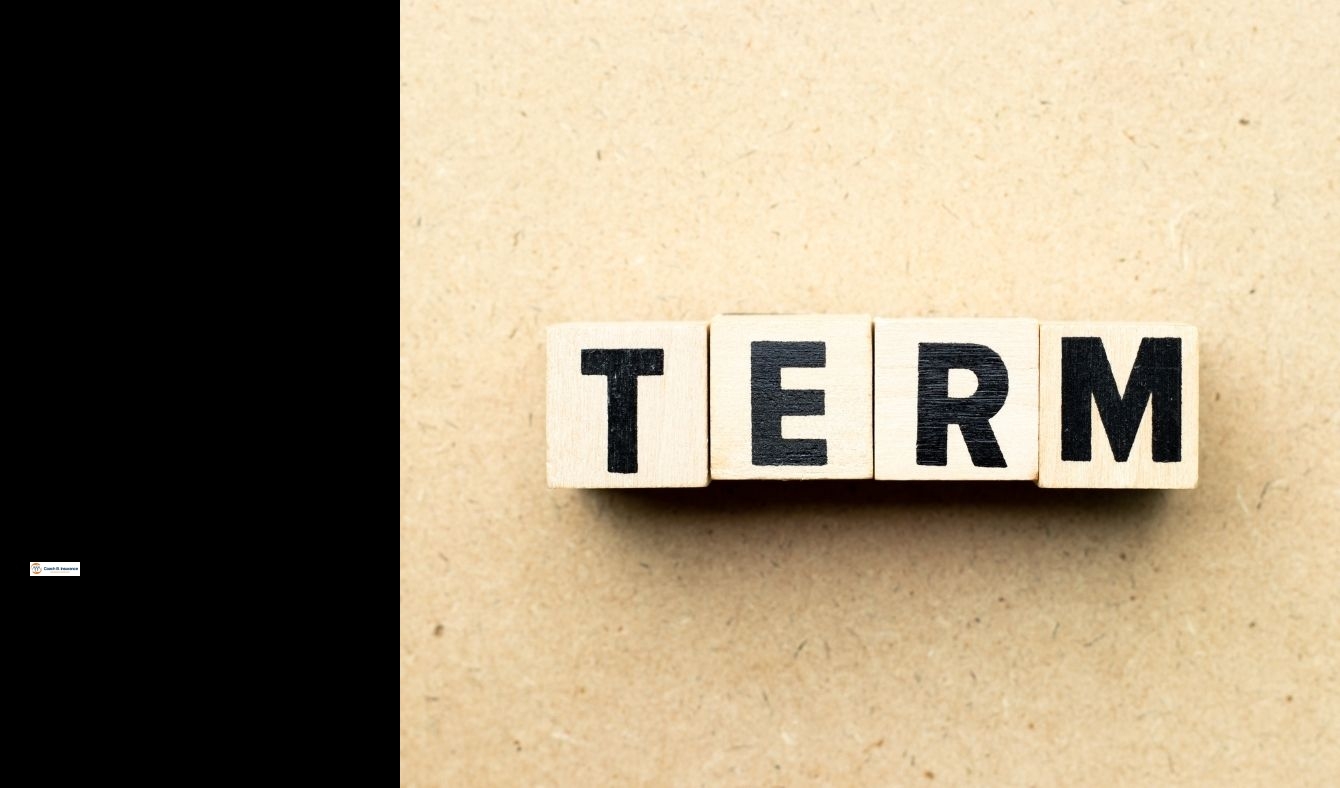term life insurance for seniors
The premiums for this kind of policy are higher than for a traditional policy with a health exam. Coverage may be capped at anywhere from $25,000 to $300,000, depending on the results of your evaluation. Depending on your policy, simplified issue insurance may be written for term life or whole life coverage.



